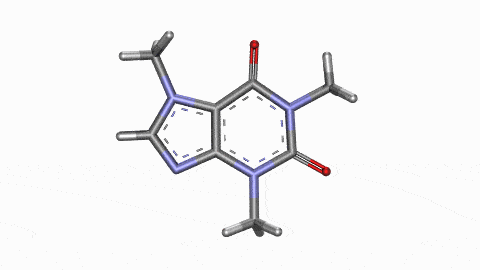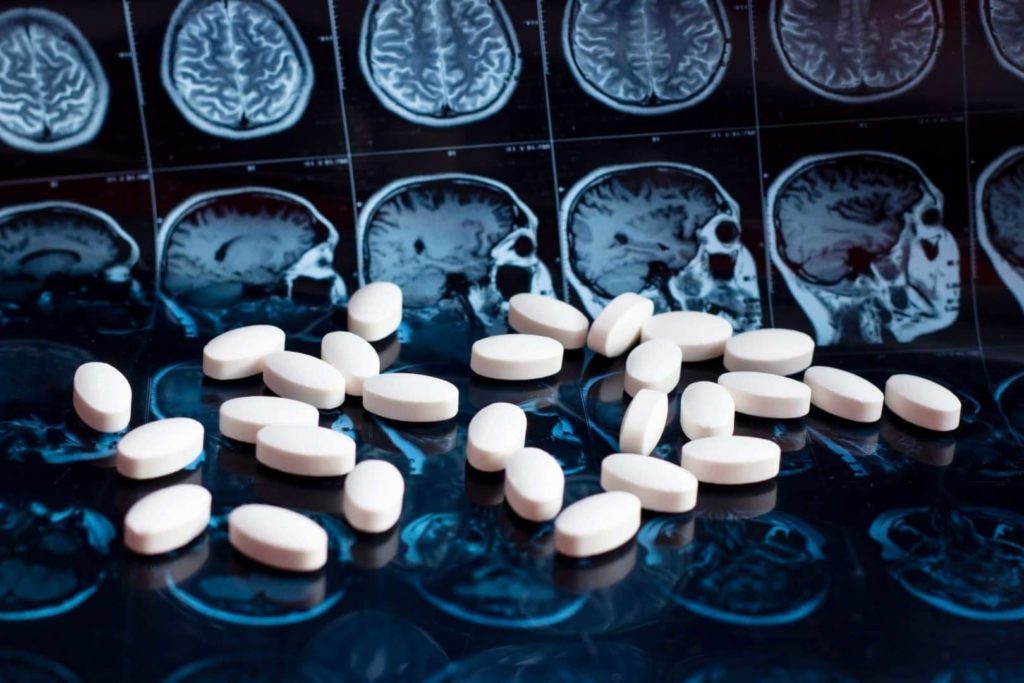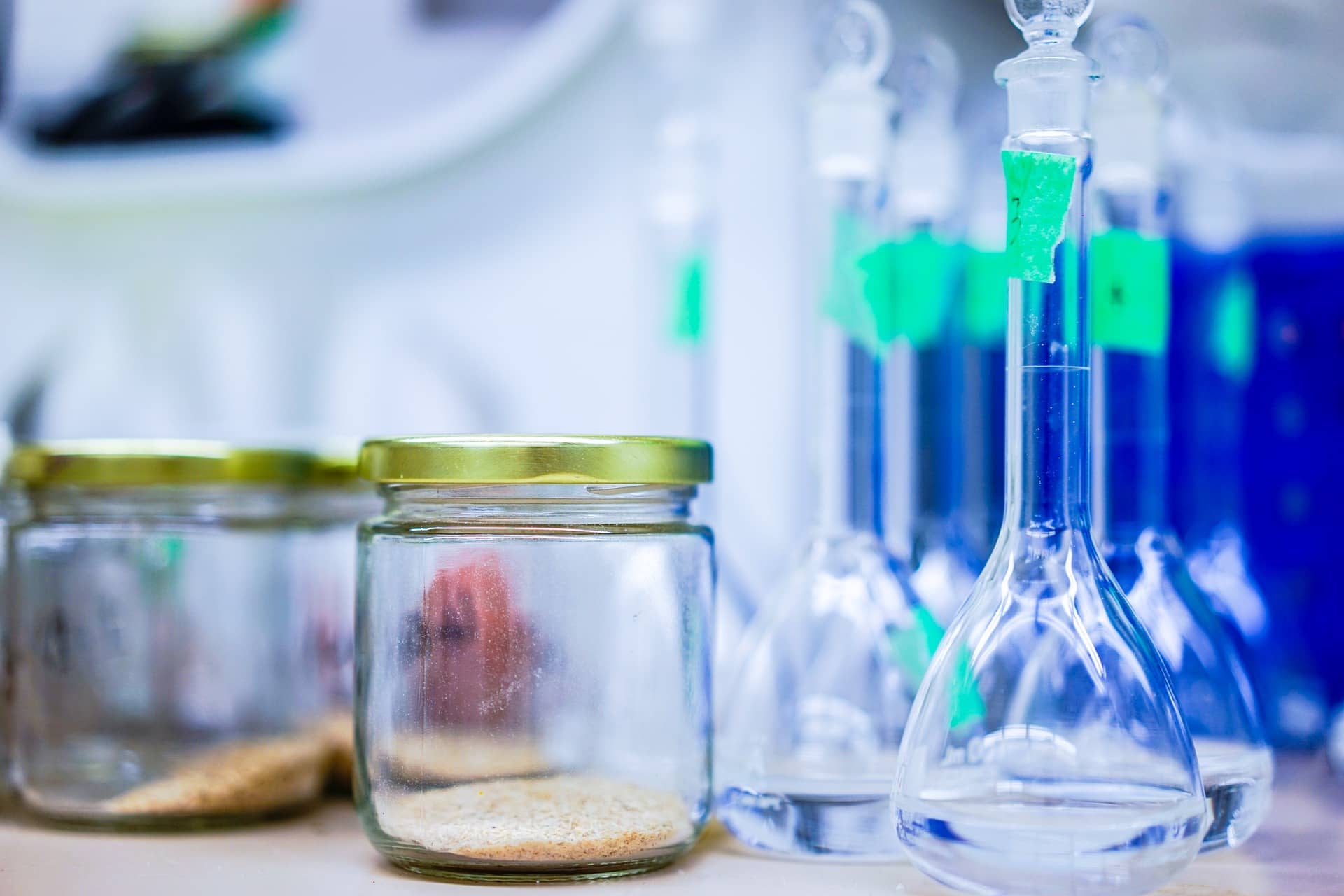What is the primary purpose of Psychoactive drugs, psychopharmaceuticals, and psychoactive substances used in drug therapy?
A psychoactive drug, as the name suggests, alters the mental function and thereby changes subjective experience, mood, perception, cognition, or action. They are used for the treatment of psychiatric disease and their therapeutic effects are not just restricted to the medical field but are also used to treat pain, migraines, OCD, substance abuse, depression, anxiety, Post-traumatic stress disorder (PTSD), and sexuality. The list goes on.

In spite of the recent claims by some quarters that there is no place for psychoactives in modern medicine, these drugs are found in abundance in clinical medicine and are used widely as they yield quick results in most of the patients who are under regular medication. The most commonly used psychoactives are Benzodiazepines, Meprobamate, Restoril, and tranquilizers like Valium, Ativan, Klonopin, and Xanax. These antidepressants are used in the treatment of depression, anxiety, and other psychological disorders. The main factor underlying the effectiveness of these drugs is that they elevate the level of serotonin, norepinephrine, dopamine, and epinephrine in the brain.
What is Considered a Psychoactive Drug?
What are psychoactive substances? These are the questions most frequently asked by parents of children with developmental disabilities or learning difficulties. The answer to this question may surprise many of us. We were born with the ability to experience thought, emotion, and behavior in much the same way as everyone else. For some with health conditions, psychoactives are used to help them experience thoughts, emotions, and behaviors in a unique way. Recently, scientists have discovered that the human brain contains a vast amount of naturally occurring neurohormones and neurotransmitters that work together to control different parts of our bodies and allow us to experience all of the sensations that are associated with being awake and aware (1).
If these neurohormones and neurotransmitters exist within the human brain, how come recreational drugs such as amphetamines, LSD, ecstasy, and mushrooms can change these functions and result in psychosis and hallucinations? The answer lies in the fact that the psychoactive substances we use every day are not actually “psychoactives” per se. Although these psychoactives do alter the state of our consciousness and perception in some manner, they do not change our brains in any way that alters reality. This may surprise some of us, but consider this: Have you ever driven down a country highway at night with the radio blaring from the TV, only to find yourself awake and feeling like you might go on a shooting spree? That is because you have experienced a near-death experience, which is essentially a psychosis-induced state of consciousness.
Some related Psychoactives
Besides their use as stimulants and depressants, psychoactives can also be found in the category of narcotics or analgesics. Cocaine and crack cocaine are known to be highly addictive, physically and psychologically addictive, and habit forming. When taken in excessive quantities, they can cause a lot of problems such as respiratory problems, heart attacks, and stroke. Cocaine affects the central nervous system and the function of the endocrine system and central nervous system. Cocaine affects the blood pressure, temperature, and heart rate of the individual.
Opioid drugs are considered to be one of the most common psychoactive that are abused. They include Codeine, Oxycodone, and Morphine. Codeine is the main article found in codeine phosphate, which is derived from the poppy flower. These drugs act as opioids, a group of chemical compounds that stimulate the receptors of the opioid nerve cell, in the brain.
Peyote is another one of the psychoactives, which are in use since long. Peyote contains three main articles: trimethylpentane, meptoline, and methyl-carboxylic acid, and is extracted from Mexican origin Peyote plants. The main active substance in Peyote is Phechosperma Pentaphyllum, which is found in the roots, pods, flowers, and leaves of the plant. Peyote contains a substance called porphine, which is the main component that is responsible for hallucinations, dream state alteration, and even psychotropic effects.
Benzodiazepines are one of the popular psychoactives. They are also known as tranquilizers. They work by relaxing the patient and giving relief from physical and mental tension. When taking benzodiazepines for long-term treatment, patients might experience withdrawal symptoms and experience the unpleasant side effect of drowsiness.

There are other classes of psychoactives that have become quite popular in recent years. Psychedelics, andotonics are new additions to the list. Many believe these new additions to the substance class are too closely related to each other, and that they may produce undesired side effects when used. But then again, many also believe that these classes of psychoactives are relatively safe compared to the other major categories of psychoactive substances.
The classification of psychoactive includes a wide range of legal highs including MDMA, cannabis or cannabinoids, speed, and ketamine. Although MDMA and cannabis are usually illegal, they can be found in public use and can produce similar effects to illegal drugs. Also, it is important to realize that there are many potential sources of legally obtained psychoactives. These include heroin, cocaine, methamphetamine, crystal meth, ecstasy, and prescription drugs like oxycodone, hydrocodone, and morphine.
More to Psychoactives
There are several: stimulants, hallucinogens, and phenethylamine (depending on the chemical name). There are also two broad categories of substances used for religious purposes, peyote and hallucinogens. Peyote is a cactus-like mushroom that has been used for centuries by Native Americans to cure their addictions and to encourage spiritual growth; its colorful, aromatic leaves are dried and smoked for its psychotropic properties. Peyote has a very strong religious connotation in many Native communities, and it was banned in some jurisdictions several years ago because of the dangerous side effects it could have on hunters.
Many religious and spiritual groups condemn peyote and other psychoactives, claiming they encourage promiscuity and temptation. In a similar vein, many advocates of drug rehabilitation claim that seeking treatment for addiction to these types of substances is somehow “slavery” itself, implying that drug rehabilitation is simply a modern version of slavery. While there may be some truth to this criticism, it is certainly true that many people who go through drug rehabilitation do relapse. It is also true that many who go through treatment do not exhibit any outward signs of addiction whatsoever. It is also true that many who do not display any outward signs of addiction have successfully overcome their addictions and can successfully return to living normal lives.
There are a number of differences between the two main categories of psychoactive and their interaction with neurotransmitters. The two main categories are tonic and non-tonic, meaning that one is not as powerful as the other. Tonic drugs are those that act on the receptors on the ends of neurons and block the receptors so that the substance is inactive or ineffectual. Non-tonic drugs act on the opioid receptors on the synapses in the brain and do not block the receptors, but they do not affect the receptors at all.
How do Psychoactives Affect the Body?
You might be wondering how does a psychoactive drug affects the body? The basic answer to this question is: It’s complicated! While there are common effects on the brain, the exact effect that a psychoactive drug has on the body can vary depending on its chemical makeup. This means that one drug may react very differently in the body than another, but this also means that people may experience effects in ways they’re not expecting, making it difficult for people to figure out how a psychoactive drug affects the body. This article will explain psychoactive drugs and the effects they have on the body.
There are three classes of psychoactive substances that you may encounter in clubs, raves, or private parties: hallucinogens, stimulants, and sedatives/date rape drugs. We’ll discuss these three classes in some more detail below. Now, we’d like to touch on some of the dangers of taking psychotropic substances (2).
The abuse of Psychoactives

There are some common ways to abuse psychoactives, which include: using them to self-medicate, partying, using them to overcome an addiction, and using them as a way to steal. Illegal drugs such as cocaine, crack-cocaine, methamphetamine, heroin, and marijuana can all produce similar effects, which can include feelings of euphoria, alertness, and energy. However, it is important to realize that these substances can be extremely dangerous if taken in high concentrations. In addition, stimulants such as caffeine, alcohol, and cigarettes can have similar effects as well. Often people use these substances because they feel a certain need or desire, which explains why they are often available on street corners, in parks, and in other public areas.
Specifically, let’s talk about peyote, LSD and Bremanol.
Peyote is a derivative of Cayenne pepper and has been used traditionally as an ointment for calming the nervous system. Its traditional use was as an aphrodisiac, but modern research has shown that peyote has numerous positive health benefits including reducing anxiety and depression. As a psychoactive drug, peyote is known to reduce anxiety, improve mood, stimulate the immune system and create a sense of well-being. However, recreational users have also experienced temporary memory loss, nausea, vomiting, dizziness, sweating, hallucinations, confusion, and respiratory problems. Because of these serious side effects, peyote is strictly controlled under the schedule of the Controlled Substances Act.
LSD (lorogenic acid) is a psychoactive substance found in magic mushrooms. It has been used by psychiatrists as a therapy for decades, although it wasn’t considered a valid medication in most countries until the 1960s. As with peyote, there are many documented cases of LSD causing severe side effects including psychosis and amnesia. For this reason, the use and sale of LSD are still strictly prohibited in the United States. In addition to LSD and peyote, the main article contains information on other neurochemicals and neurotransmitter agonists which can be used to treat different diseases and disorders.Another psychoactive substance is bremanol, a synthetic cathinone found in counterfeit drugs such as “bath salts”. Unfortunately, this particular substance is highly addictive and can cause severe and long-term health problems, including liver damage, high blood pressure, heart problems, and even death. Despite this, recent research has shown that bremanol has potential as an anti-depressant and may even be used to treat schizophrenia. Other substances similar to bremanol have also been developed, such as brevent, alprazolam, and methanprazole.
Other psychoactive substances
Common psychoactive substances found in most forms of drug rehabilitation include hydrocodone (Vicodin and Lorcet) and hydromorphone (Percoset and Percocet). These two drugs are categorized as opioids and often prescribed for pain relief due to their ability to relieve both the physical and psychological pain associated with arthritis and other chronic conditions such as cancer (3). Recently, however, it has been discovered that these drugs can actually increase the risk of developing opiate dependence. This means that patients using these medications in high quantities can develop addictions that ultimately lead to heroin use, eventually moving to crack and other more serious forms of criminal drug abuse. There are a number of ways, these drugs can enter the body of addicts, one being that they are often injected under the skin of abusers. These forms of injection can create a highly favorable environment for bacterial infections to thrive and create severe health consequences in the addicts who become infected.
When looking at the types of recreational drug use, which are most likely to lead to long-term addiction problems, it is important to take into consideration that these psychoactive substances have been used for centuries and they have always been found in high concentrations in today’s society. Because they have only recently been discovered and categorized by the medical community as psychoactive, there is very little known about their long-term effects on the human body. However, there is a great deal of research which demonstrates that these drugs can produce a wide range of negative side effects on the body of recreational users. This research indicates that the long-term effects of these drugs, particularly when they are used over a long period of time, could lead to mental disorders, substance dependencies, and physical illnesses.
Common side effects
When looking at the physical aspects of drug use, psychoactive substances affect the human body in different ways. However, this article only focuses on the mental aspects of drug use and does not discuss the physical health risks associated with long-term drug use. Some common physical symptoms include heart palpitations, sweating, insomnia, anxiety, panic attacks, seizures, and even death. While the above list is made from the most common physical effects, there are many psychological symptoms as well. These include thought disorder, confusion, irritability, depression, social alienation, paranoia, agitation, mania, auditory hallucinations, anxiety, hostility, and personality disarray.
So what can you do to protect yourself and others? Firstly, educate yourself about the dangers of taking psychoactive drugs and substances. Many schools, faith-based, and community organizations offer educational programs about this subject. Secondly, be sure that you are aware of where, how, and when to use these substances. Lastly, it is important to remember that while recreational drugs are illegal, they are widely used by teenagers, young adults, and adults all over the United States. Keep this in mind when considering the various options and solutions to stop the use of drugs.


Recent Comments